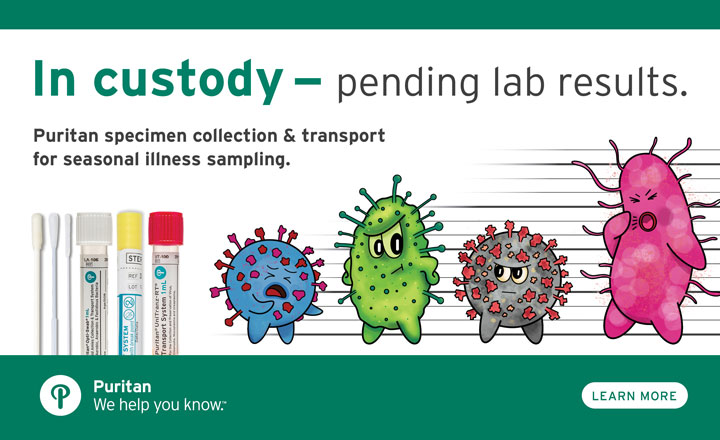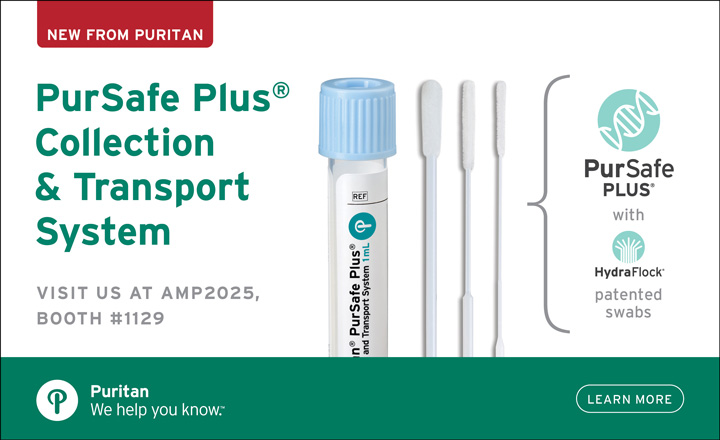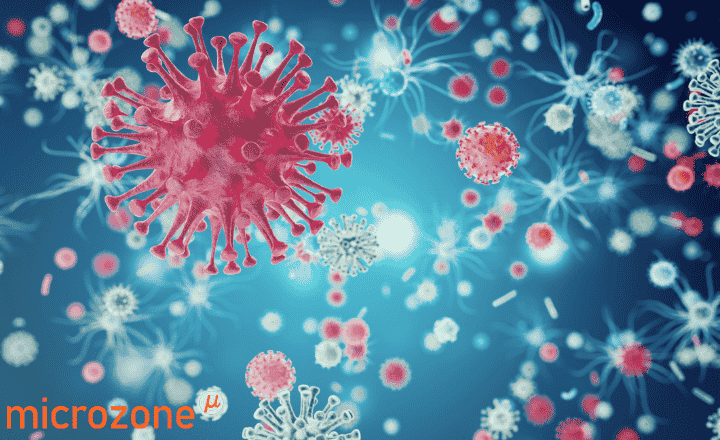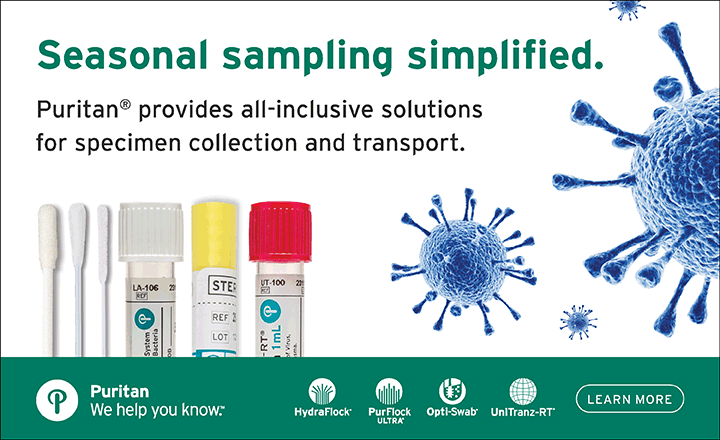Abbott Diagnostics is instructing all ID NOW™ COVID-19 users not to put patient's samples in viral transport medium (VTM) but to place them directly into the device for testing. The point-of-care test is the fastest COVID-19 RT-PCR test available, but when a validation study was carried out by two research teams; The Cleveland Clinic and The University of Pittsburgh, they found false-negative rates of approximately 15% and 50% respectively.
Both of these studies had placed patient's samples (nasal, throat and nasopharyngeal specimens) in VTM, which Abbott claim is improper use of the test, and inform users that the buffer would have diluted the sample. Abbott state patient's samples should go directly into the ID NOW device, of which there is approximately 18,000 of such devices in doctors offices, clinics and hospitals.
The US FDA has also amended the EUA 'Instructions For Use' (IFU) document for the ID NOW COVID-19 test accordingly, as requested by Abbott Diagnostics.
How It Works: ID NOW is a small, lightweight isothermal system for the qualitative detection of infectious diseases. Its unique isothermal nucleic acid amplification technology provides molecular results in just minutes, allowing clinicians to make evidence-based clinical decisions during a patient visit.
The ID NOW COVID-19 full test kit is comprised of a Sample Receiver; containing elution/lysis buffer, a Test Base; comprising two sealed reaction tubes, each containing a lyophilized pellet, a Transfer Cartridge; for transfer of the eluted sample to the Test Base, and the ID NOW Instrument.
The reaction tubes in the Test Base contain the reagents required for amplification of SARS-CoV-2, as well as an internal control. The templates (similar to primers) designed to target SARS-CoV-2 RNA amplify a unique region of the RdRp segment. Fluorescently-labelled molecular beacons are used to identify each of the amplified RNA targets specifically.
To perform the assay, the Sample Receiver and Test Base are inserted into the ID NOW Instrument. The sample is added to the Sample Receiver and transferred via the Transfer Cartridge to the Test Base, initiating target amplification. The instrument provides heating, mixing and detection with a positive result in 5 mins and negative in under 15 mins.
























